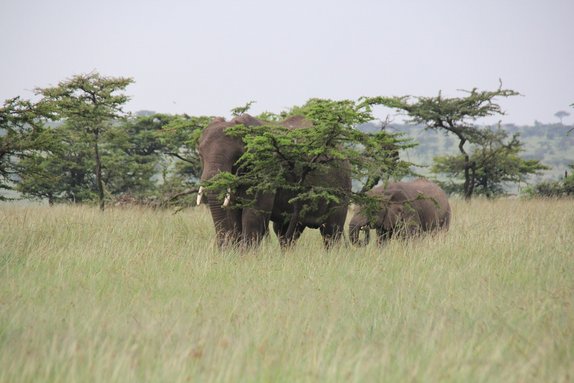The drivers of elephant damage on individual trees in Mara North Conservancy, Kenya.
The aim of the study is to get a better understanding of which drivers influence elephant damage on trees and to what extent in Mara North.
- Student: Emma Fitzmaurice Vestergaard
- Program: MSc., Department of Bioscience, Aarhus University
- Supervisor: Professor Jens-Christian Svenning, Department of Bioscience, Ecoinformatics and Biodiversity, Aarhus University
- Period: February – March 2016
Most people know the African elephants (Loxodonta africana) as the iconic creatures on the African savannah. They are known to have a great influence on their surrounding habitats, from seed dispersing to damaging trees. This damage can range from damaging the bark and breaking branches, to completely uprooting the trees. There are slightly varying views as to why they damage the trees, e.g. it is purely for feeding or there is also a social factor involved. Either way the trees are an important feature in the savannah for many species, both providing shade, food and refuge. Their importance to elephants is especially in the dry season, where they will turn from grazing to browsing, making trees an important source. As climate change may result in longer or more severe dry seasons, the trees are likely at risk of increased browsing pressure. This could potentially lead to a higher mortality in trees, changing the landscape slowly to become more open.
By trying to see if there is a pattern to which trees get damaged and to what degree, the hope is that this can be used to help in future conservation. It is not just protecting a few of the species in Maasai Mara, but preserving the entire ecosystem. By improving our knowledge about the biological interaction between elephants and trees, we can better protect them and their surroundings.

